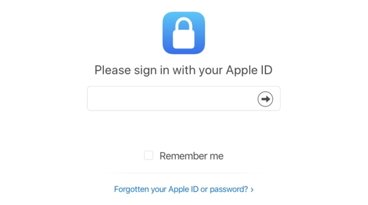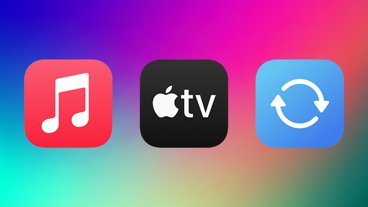Buzz surrounds Apple's recent streaming media moves
Last week, Apple purchased music streaming service Lala for $85 million, fueling speculation that the company will move toward a cloud-based iTunes service. Such a change could allow users to access and stream their purchased iTunes content anywhere, from a variety of different devices.
Sources have said Apple is currently considering a usage model that would allow consumers to access and manage purchased content directly through the Internet without downloading that content, or even using the iTunes software.
In addition, Apple changed its policy on streaming media solutions, allowing the very first live broadcasting software to be released on the App Store. The Ustream Live Broadcaster for the iPhone 3G and iPhone 3GS allows users to transmit live video from their phone. In addition, the Knocking Live Video application was approved for sale, but only after a plea directly to Apple co-founder Steve Jobs, developer Pointy Heads software has claimed.
Apple has also ventured into the personal broadcasting space, adding video recording capabilities to the iPhone 3GS and new iPod nano. When Jobs unveiled the 8GB, $149 fifth-generation iPod nano in September, he noted that a comparable Flip camera with half the storage sells for the same price.
Add in Apple's massive 500,000 square foot data center in North Carolina, and Wired has interpreted all of Apple's streaming related headlines of late to mean the Cupertino, Calif., company intends to make a large push for streaming content in the cloud.
"In the next few years, we’re likely to see video cameras with live-streaming software built into future iPods and iPhones (and the rumored touchscreen tablet, if it ever exists)," the report speculates. "These features will likely be integrated into iTunes, which Apple would convert into a social experience with real-time sharing services, in addition to being a storage tool.
"It’s no wonder Jobs gave the green light on live video-broadcasting apps for the iPhone: He could use app developers to help Apple get started."
Wired sees a potential future for iTunes as a "personal media hub," allowing streaming of music, videos, and personal content all accessible from anywhere. It could start with Apple enabling iPhone and iPod nano users to share their content with one another easily through iTunes.
Previously, Apple has shown increased interest in streaming video and content, albeit in more subtle ways. In October, a patent application suggested the company is looking to improve the quality of streaming video by making imperfections in compressed video less visible to the human eye. The described technology would mask artifacting that appears when video files are compressed to reduce their file size.
The company also launched a new HTTP Live Streaming standard with iPhone OS 3.0. The new open standard for live video streaming over HTTP aims to improve on QuickTime's RTSP streaming server option, which has run into issues in the past due to its traffic being blocked by many firewalls. The new format allows a server to maintain multiple version of clips in different formats, allowing an iPhone user with a Wi-Fi connection to have a higher quality version of the video, while users on an EDGE cellular data connection will have a lower-quality version to accommodate their bandwidth restrictions.
 AppleInsider Staff
AppleInsider Staff










 William Gallagher and Mike Wuerthele
William Gallagher and Mike Wuerthele
 Christine McKee
Christine McKee
 William Gallagher
William Gallagher
 Malcolm Owen
Malcolm Owen
 Marko Zivkovic
Marko Zivkovic


 Wesley Hilliard
Wesley Hilliard







